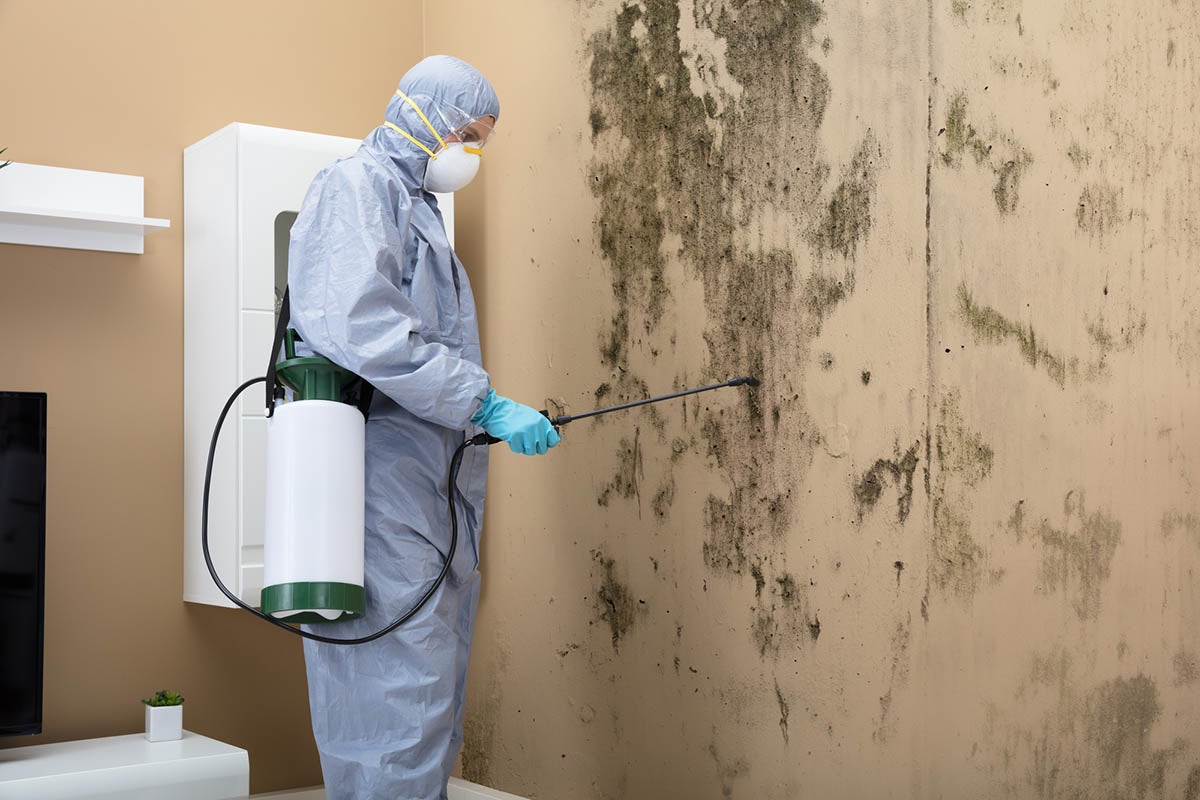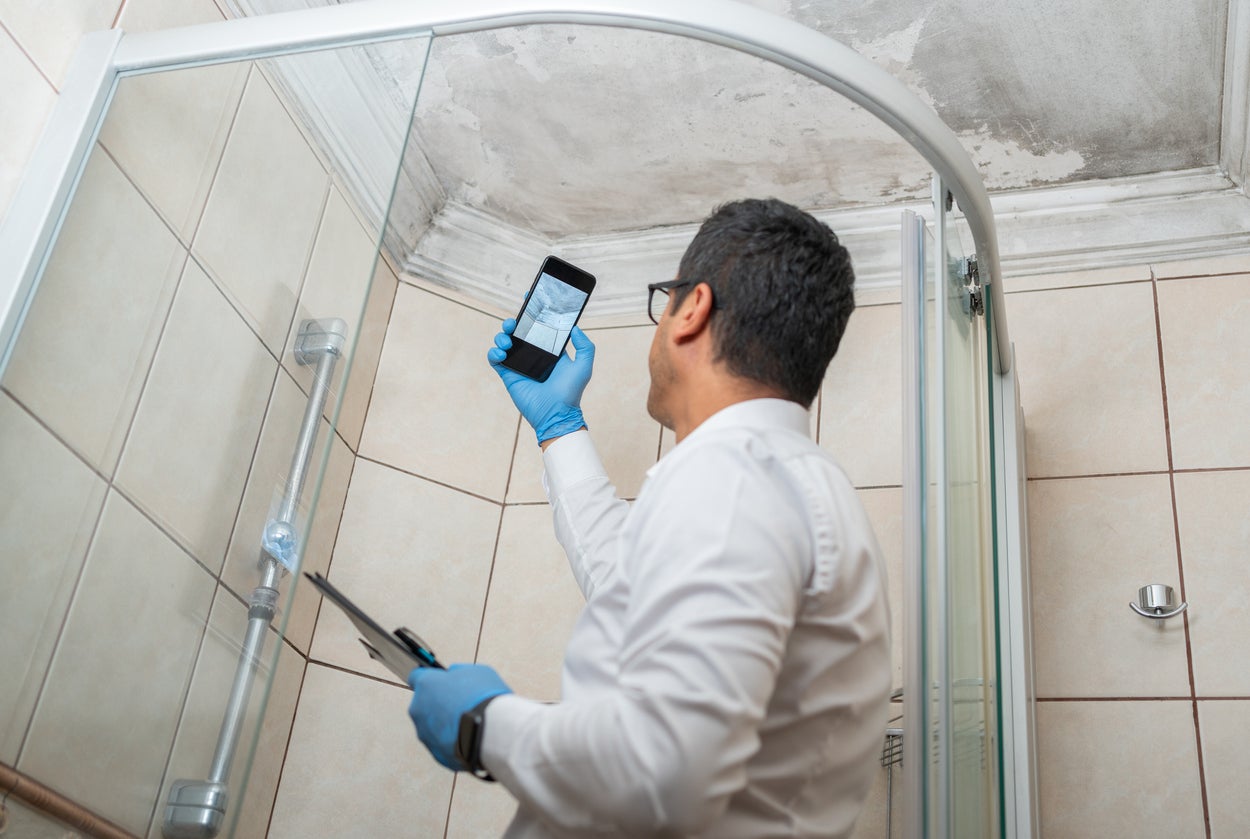After Mold Remediation Strategies for Clean Rooms
After Mold Remediation Strategies for Clean Rooms
Blog Article
Your Ultimate Overview to Post Mold Removal Methods
Navigating the realm of post-mold removal techniques is a careful procedure that demands interest to information and a thorough understanding of the complexities involved. In the aftermath of mold invasion, knowing how to properly get rid of the mold and prevent its reoccurrence is critical for maintaining a healthy and balanced interior setting. From choosing the best cleaning and sanitizing approaches to implementing strategies for long-lasting mold prevention, each action in the remediation journey plays an essential function in ensuring an effective result. As we begin on this exploration of post-mold remediation strategies, we will certainly discover the essential methods and ideal methods that can help you recover your area to its pre-mold condition and guard it against future mold hazards.
Comprehending Post-Mold Removal Process
After finishing the mold and mildew removal procedure, it is important to understand the post-mold remediation strategies that are essential to make certain a complete and efficient cleanup. Once the mold has been gotten rid of, the following step entails cleaning and sanitizing the affected locations to stop any regrowth of mold. This consists of making use of specialized cleaning up representatives to wipe down surface areas and kill any remaining mold spores. It is vital to dry the area entirely to prevent the development of mold in the future (what to do after mold remediation). Correct air flow and dehumidification can aid in this procedure.
Furthermore, carrying out a last assessment post-remediation is crucial to ensure that all mold and mildew has actually been successfully removed. If the inspection exposes any sticking around mold and mildew, added removal might be required.
Effective Cleaning Up and Disinfecting Methods

Preventing Future Mold Growth

Importance of Appropriate Air Flow
Appropriate air flow plays a crucial role in avoiding moisture buildup, a key variable in mold development within indoor environments. Efficient ventilation systems assist eliminate excess moisture from the air, decreasing the chances of mold spores locating the wetness they need to spread and sprout. Without adequate air flow, interior rooms can end up being a breeding place for mold and mildew, bring about prospective wellness risks and architectural damage.
By making certain appropriate air circulation, ventilation systems can additionally assist in drying wet areas faster after water damages or flooding events, additionally deterring mold development. Post Mold remediation cleaning. Precede like washrooms, kitchen areas, attics, and basements where moisture degrees tend to be higher, setting up and keeping reliable air flow systems is vital in avoiding mold and mildew infestations

Monitoring and Upkeep Tips
Offered the vital function that appropriate air flow plays in avoiding mold and mildew growth, it is vital to develop reliable tracking and upkeep ideas to make sure the continued capability of ventilation systems. Regular examinations of ventilation systems ought to be conducted to check for any type of indications of obstructions, leakages, or breakdowns that can restrain correct air movement. Surveillance moisture levels within the property is additionally essential, as high moisture can add to mold development. Setting up a hygrometer can aid track humidity levels and alert homeowners to any type of spikes that may call for focus. Furthermore, making sure that air filters are on a regular basis cleaned or changed is crucial view for keeping the effectiveness of the ventilation system. Applying a routine for routine maintenance jobs, such as duct cleansing and HVAC system assessments, can assist protect against concerns before they rise. By remaining positive and attentive to the problem of air flow systems, homeowner can effectively minimize the risk of mold regrowth and preserve a healthy indoor environment.
Final Thought
To conclude, post-mold remediation methods are important for guaranteeing a clean and secure environment. Recognizing the procedure, carrying out reliable cleansing and disinfecting methods, protecting against future mold growth, keeping appropriate ventilation, and normal tracking are all critical actions in the removal procedure. By following these guidelines, you can efficiently remove mold and stop its return, promoting a healthy living or working space for all residents.
In the aftermath of mold invasion, recognizing how to properly get rid of the mold and avoid its reoccurrence is extremely important for preserving a healthy and balanced interior setting. As soon as the mold has actually been gotten rid of, the following action involves cleansing and decontaminating the impacted areas to stop any kind of regrowth of mold - After mold remediation. After getting rid of visible mold growth, it is important to cleanse all surfaces in the damaged area to get anonymous rid of any kind of continuing to be mold and mildew spores. To further boost mold prevention procedures, it is necessary to deal with underlying concerns that at first led to mold and mildew development.Provided the critical function that proper air flow plays in preventing mold development, it is imperative to develop reliable tracking and maintenance ideas to guarantee the continued functionality of ventilation systems
Report this page